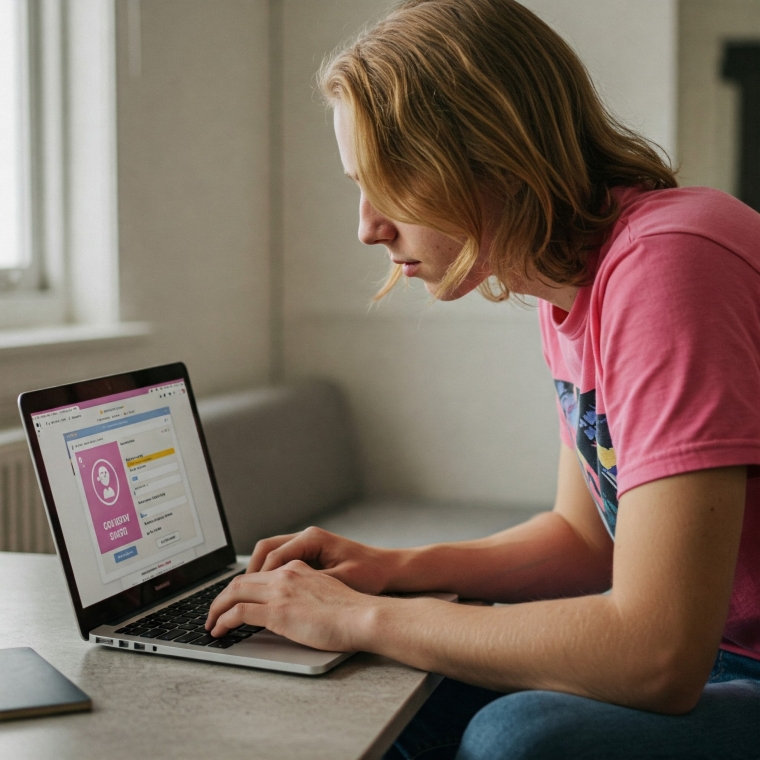
When the Member’s Bill about banning social media for adolescents under 16 went into the biscuit tin, the media release accompanying it and the immediate backing from the highest echelons of the Government made it clear the proposed law would be elevated to official policy work.
Kicking the issue upstairs was quick and well-orchestrated. B416, a “great group of Kiwis”, as the Prime Minister called them, supporting the ban, popped up just before the Bill and ensuing government announcement. They have a slick website, petition to parliament, and look well-funded.
Labour’s now indicating it’ll back a blanket ban on social media for under 16s, which would make New Zealand the second country in the world to implement such a drastic move.
This despite existing legislation such as the Harmful Digital Communications Act that National introduced in 2015, and other laws covering children online that could be updated.
Or, for that matter, no other jurisdictions bar Australia are considering a blanket ban. Then there are the strong indications from researchers and child advocacy organisations that a ban could by itself be harmful and regulating social networks to improve them could be a better way forward.
The argument for banning social media might be stronger if adults were included in it. They have the franchise, the political and financial power after all. Lots of adults, young and old, self-radicalise towards extreme views. That's before we get into the oldies being fleeced on social media by scammer "friends" on a regular basis.
A reasonably workable ban, technically
At the heart of the proposed ban lies age verification. It will have to be broadly implemented across social media platforms and their users to be effective in stopping under 16s from signing up.
“Reasonable steps” too will have to be taken to keep out the under 16s; in Australia, if systemic breaches are found and lots of kids sign up to a social media platform (whatever that might be), a hefty A$50 million penalty can be levied.
Nobody should feel sorry for Facebook/Instagram/WhatsApp owner Meta, but you can see why they went “OMG!” last year after Australia's ban became law, and frantically pointed to existing efforts to serve up kid-appropriate content.
Meta also tried to fob off age verification to Google and Apple, saying the two tech giants should implement it at the operating system and/or app store level. Google and Apple are as you can imagine aghast at being responsible for that, as it would involve heaps of tricky technical effort and of course, cost, to develop.
That said, Apple has a Declared Age Range application programming interface (API) which apps can use, provided parents set up accounts for their kids.
Across the Tasman, the Government’s trialling different methods and technologies under the Age Assurance programme, which is led by the UK's Age Check Certification Scheme (ACCS).
It’s very complex: the trial encompasses a broad spectrum of technologies, including age verification, age estimation, age inference, parental consent mechanisms, and the above mentioned controls at the operating system or app store levels. Several senior experts are involved, along with multiple companies.
Some of the methods being evaluated include:
Facial age estimation: this uses artificial intelligence (AI) algorithms to estimate a user's age from a selfie. The aim is to perform the estimation without storing personal biometric data long-term. Meta has been working with a third-party company called Yoti to scan users' selfies. How well that works would be interesting to see; could it be bypassed by an Under 16 using a photo, or asking an oldie to do the selfie? Would it be criminal for oldies to do that, just like it is frowned upon to buy booze for kids? How well facial scans work across different ethnicities is another issue.
Document-based verification: trad-tech method that tries to validate a user's identity and age using government-issued identification documents, often in conjunction with a selfie to confirm ownership. However, the Australian legislation stipulates that users will not be compelled to use government ID, and platforms must offer reasonable alternatives. In NZ, maybe sites could offer RealMe - or something else if users find the government ID tech too awkward?
Biometric markers and scanning: this is a bit vague, but the tech could include various forms of facial recognition or, as mentioned by Australia's eSafety Commissioner, even analysis of hand movements to infer age.
Behavioural signals and age inference: methods that analyse a user's digital usage patterns, online activity, or other verified information (like email characteristics, to indirectly infer whether a user is over or under a certain age or falls within a particular age range. Facebook and Instagram use something similar to decide whether or not a user should have a youth account.
Parental consent and control mechanisms: It doesn’t take too much imagination to figure out that parental consent and controls could be the wrong method for some kids in difficult family circumstances; neither is it likely to be popular with the young folks.
Tokenised attribute exchange models that preserve privacy when sharing age information are being trialled too, and in June we should know more if there are workable methods that people will use; however, social networks and any other operator captured by the ban, is probably right to be concerned. Most of the above looks complex and costly to implement and unlikely to be popular with over-16 users.
Even if a workable technical solution is found, there’s no guarantee that it will be implemented. The elephant in the room is the Trump administration that certain US social media bosses have cosied up to.
Remember that the United States continues to be up in arms over any efforts to tax the online economy. That includes the Digital Services Tax (DST) that New Zealand wanted to bring in.
As it is, the NZ Government is nervous about activating DST and no prizes for guessing why. With that in mind, threatening a social media ban on under 16s would be poking the US tariff bear. Also, good luck demanding that Trump’s Truth Social introduces age verification for NZ users.
6 Comments
A Trojan horse for govt /3rd party identity verification control & of individuals internet access: what could possibly go wrong.
Why stop at 16
It's not evident this has been a net benefit for humanity.
I'm damn sure I wouldn't use biometric data collection, particularly for kids who will have a much longer digital future than me: what happens when (and it is when, not if) there's a biometric data breach?
You can change a password or a credit card number, even if it's excruciatingly inconvenient. Your face or fingerprints, not so much.
And is social media in its current form actually doing us any good as a species?
Hence why I refuse to ever take a DNA test through any private company. I cannot control what happens to the data and if it were to get into the wrong hands (company could be hacked, information sold on the dark web etc), what more power can one have over you than your genetic mapping, also what would happen if a health insurance company happened upon it and declined you for a claim due to genetic predisposition etc.
Dangerous possibilities, easy to avoid.
Yeah, well, exhibit 1: the 23andMe data breach, collapse and questions about what's going to happen to the genetic data that looks to be a saleable asset.
https://veriti.ai/blog/veriti-research/genetic-breach-fallout-23andmes-…
Some things are indeed hard to make work. Often they are the same things really needed.

We welcome your comments below. If you are not already registered, please register to comment
Remember we welcome robust, respectful and insightful debate. We don't welcome abusive or defamatory comments and will de-register those repeatedly making such comments. Our current comment policy is here.